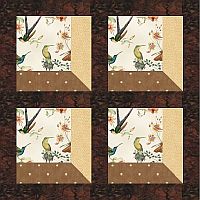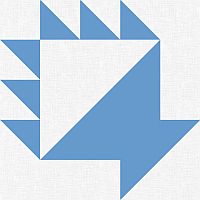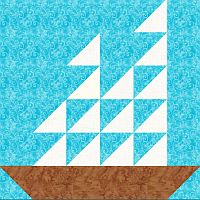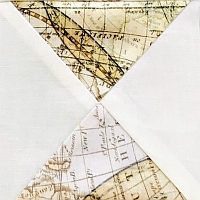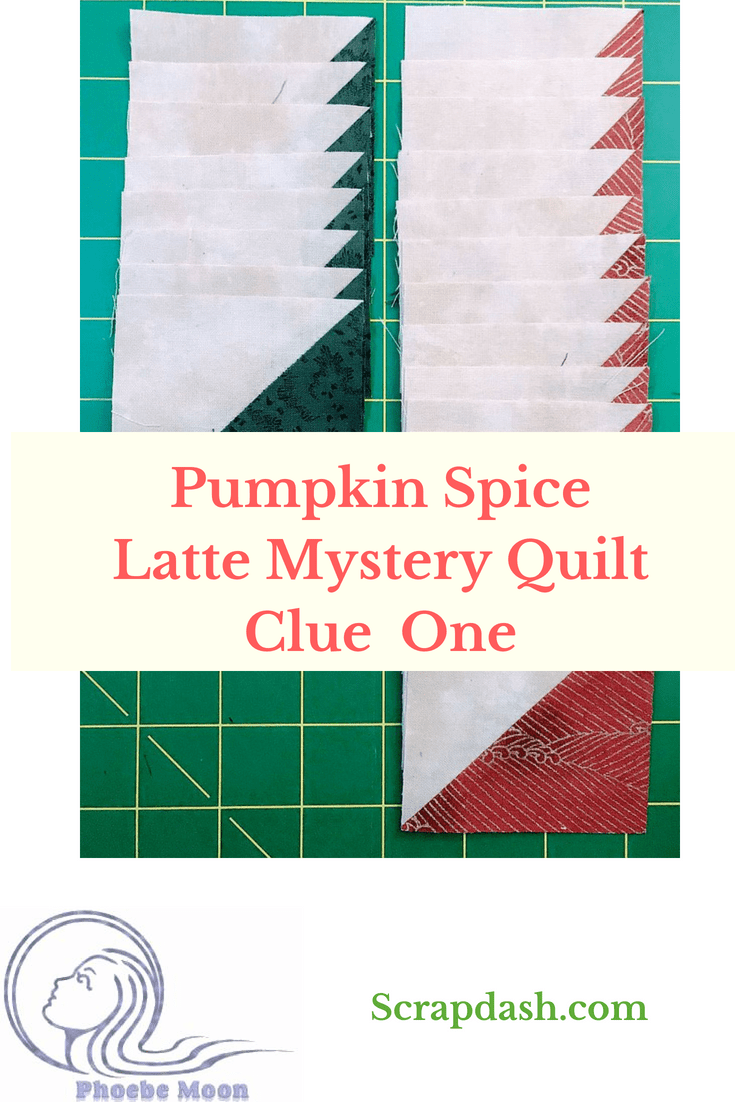A Glimpse from Home Quilt Block with Pattern
What do you see when you look out the window of your home? Find your favorite outdoor view and feature it in this 12″ pieced block. Are you stuck in a room without a view? The option of adding a border to make a Mini-Quilt for the wall is included in the pattern. To visit…
